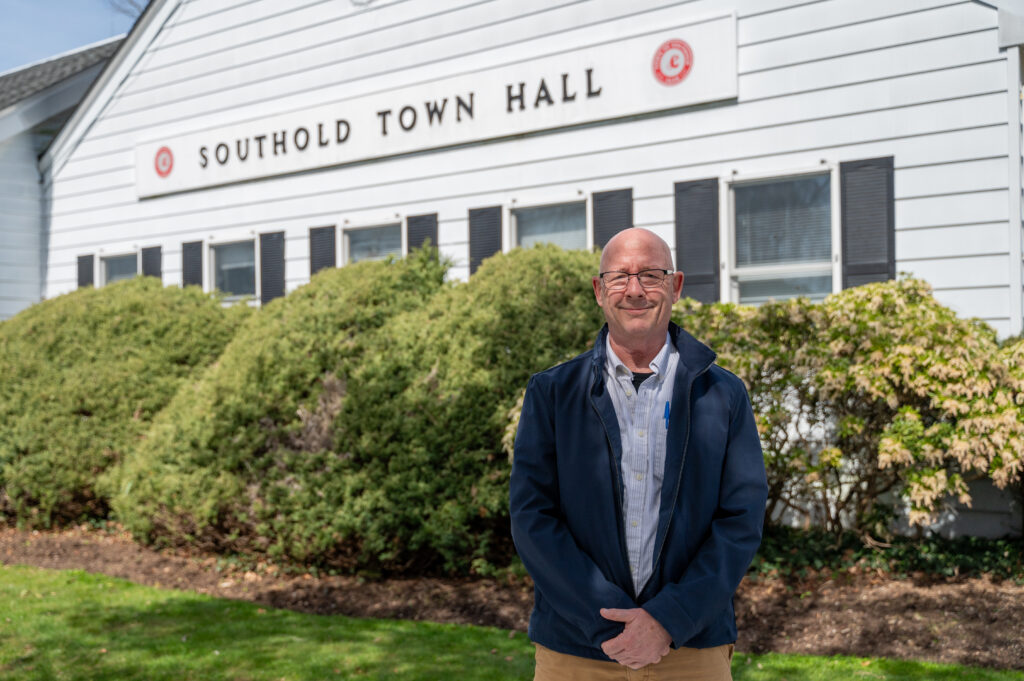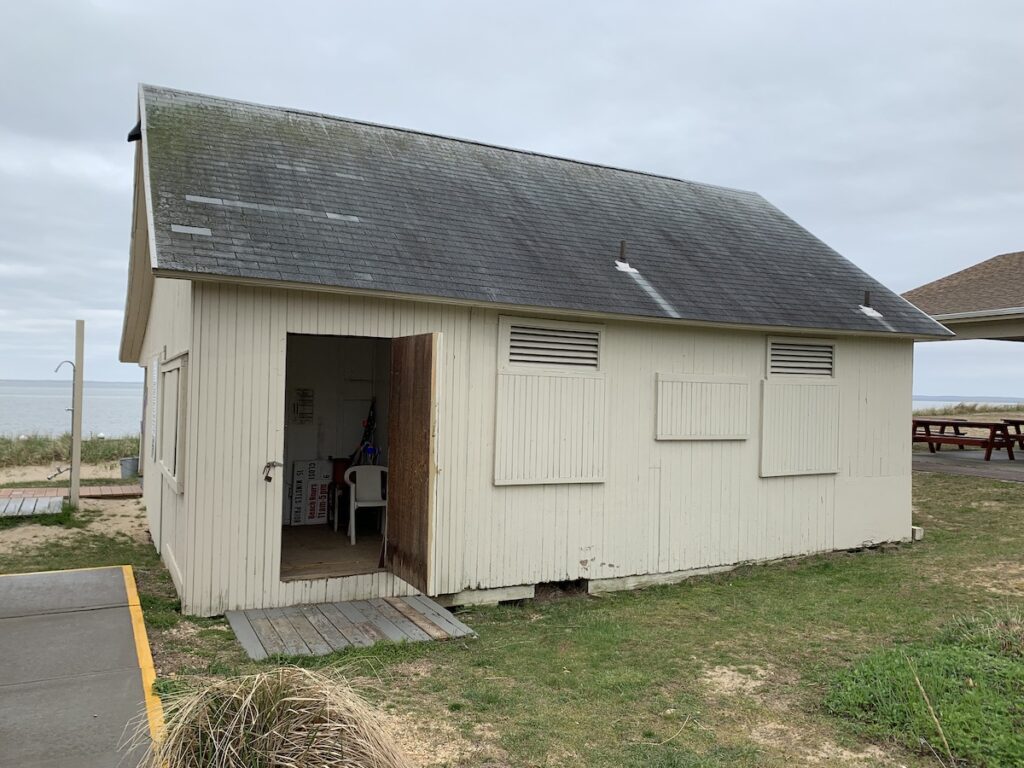Editorial: Land — and Native burial sites — should be preserved

There was considerable talk about the region’s critical environmental issues at last week’s roundtable convened by state Sen. Anthony Palumbo (R-New Suffolk) and attended by other key officials and scores of important stakeholders.
This roundtable began more than two decades ago and allows those stakeholders, from such disparate groups as the Peconic Land Trust and the Long Island Farm Bureau, to lay out their concerns.
Many issues were discussed, from open space preservation to the need for groundwater protections and, with rising sea levels, the growing and worrisome problem of coastal resiliency.
Two topics in particular need strong advocacy as the five East End towns move forward under the umbrella of the Peconic Bay Region Community Preservation Fund. Enacted in 1998, it implemented a transfer tax on high-end real estate sales, with revenues dedicated to open space preservation.
One of those issues is making funding for protection of open space a top priority, and several speakers noted that the pace of preservation has slowed. The other issue, raised by John Halsey, president of the Peconic Land Trust, is the need to identify and preserve known Indigenous burial grounds across the East End.
Mr. Palumbo agreed, pointing out that the state Legislature unanimously passed a bill restoring state recognition to the Montaukett Nation. For reasons she has not yet explained well, Gov. Kathy Hochul vetoed that bill.
All history is complex and has many dark chapters that must be acknowledged if a more complete account is to be taught. On the East End, one of the darkest occurred in Riverhead in 1910 when, with a stroke of his pen, Judge Abel Blackmar erased the state recognition of the Montaukett people, declaring they no longer existed.
Well, they are still here. And their ancestral lands and burial grounds must be a focus of all future land preservation efforts. “It’s very important that cultural resources, including land of significance to Long Island’s Indigenous people,” be included in open space plans, Suffolk County acquisition programs and the towns’ use of CPF funds, Mr. Halsey wrote in an email this week.
The land trust has made this issue its own priority as it faces dramatically rising land prices that threaten all preservation efforts, including prime farmland. In 2021, it worked with the Shinnecock Graves Protection Warrior Society to preserve the summit of Sugar Loaf Hill in Southampton, an ancient burial ground.
The land trust acquired this sacred parcel and, simultaneously, Southampton Town purchased the development rights, protecting it from any future residential development. Ultimately, the title will be transferred to the Niamuck Land Trust, an Indigenous-managed conservation group.
A well-known Indigenous burial site in Jamesport called Sharper’s Hill, north of Route 25, has also been preserved, as has the Downs Creek site in Cutchogue. In the 17th century, that wooded tract was the site of a stockade trading post where wampum was exchanged with Dutch explorers, who took the wampum up the Hudson River to acquire beaver pelts that could be sold in Holland.
Records also show that in the 1680s, Southold officials set aside 120 acres in the town where the North Fork’s Indigenous people were to live. To apply a word used centuries later, it was a “reservation,” perhaps among the first in the region.
The reservation’s exact location is not known today but was at a place then called Corchaug Pond. It is also not known if the town ultimately took the land back and then sold it off to European settlers, or if it still, in some way, remains Indigenous property. We hope someday we will know and a historic marker is placed on the site.
Saving open space is imperative. But so is saving the history of the people who lived here for thousands of years before they were removed.








